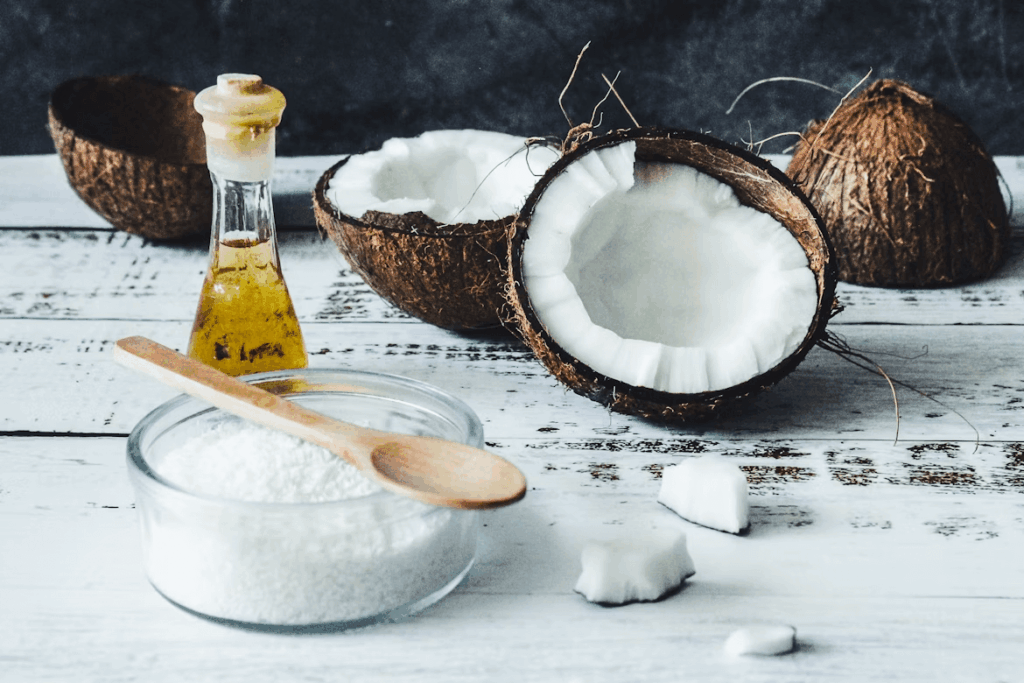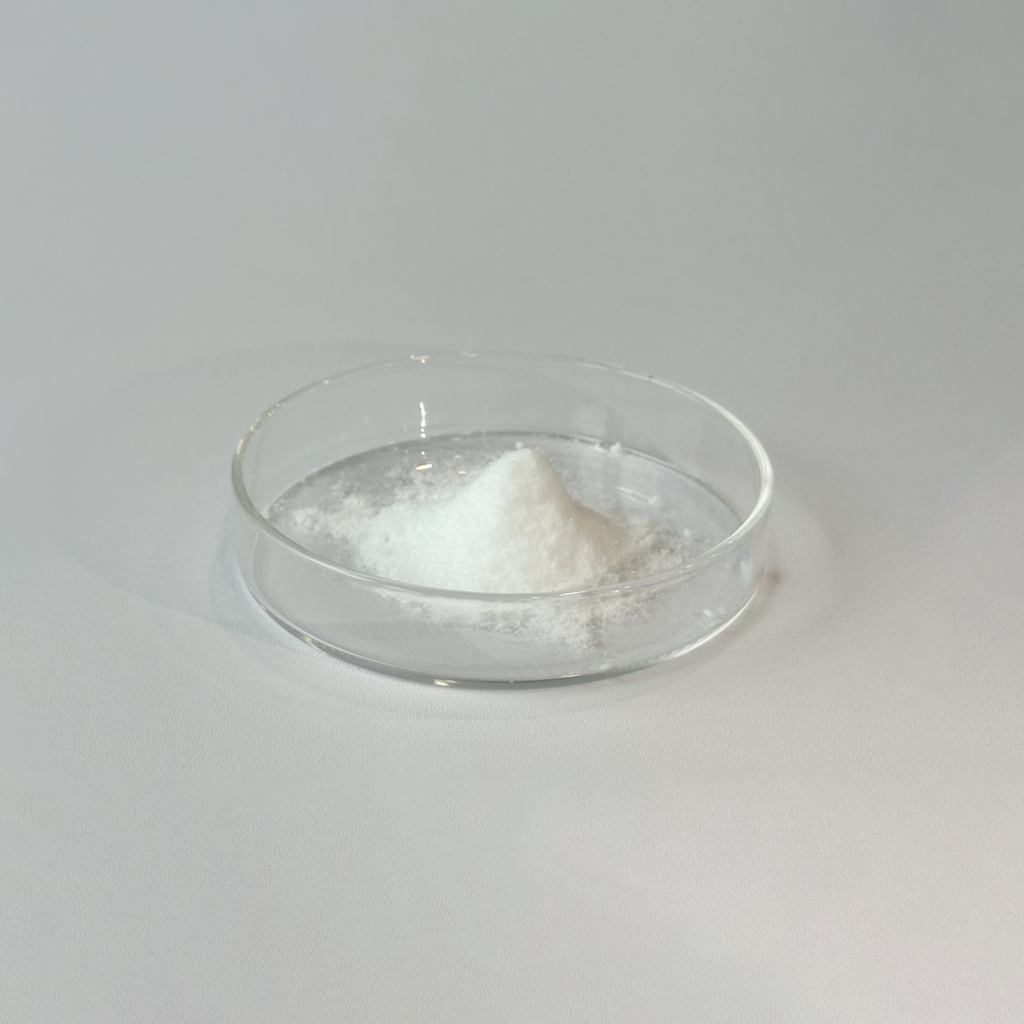What is Caprylhydroxamic Acid
Caprylhydroxamic acid (CHA), a potent, versatile, and naturally derived preservative, is gaining increasing attention in the cosmetics industry and is widely considered an attractive alternative to parabens and other traditional preservatives. Its excellent antimicrobial and chelating properties effectively ensure product safety, stability, and long-lasting properties. Research and industry experience demonstrate that CHA maintains its preservative effectiveness even at low concentrations (0.1–0.6%) and maintains its performance across a wide pH range, offering significant formulation flexibility.
Derived from coconut oil, CHA aligns with consumer preferences for environmentally friendly and clean-label products. For purchasing managers and cosmetic professionals, selecting high-quality CHA is crucial to ensuring regulatory compliance and formulation effectiveness. Our caprylhydroxamic acid products offer both high purity and stability, helping brands create safer, longer-lasting, and more market-focused cosmetic solutions.

Image Source:unsplash
Key Properties and Benefits
- Broad-spectrum preservation: Effectively inhibits bacterial, yeast, and mold growth.
- Chelating capability: Binds metal ions to prevent product degradation.
- Gentle on skin: Ideal for sensitive formulations, reducing potential irritation.
- Eco-conscious: Naturally derived and clean-label friendly.
- Versatility: Works well in creams, lotions, serums, and water-based products.
By integrating our CHA, brands can enhance product shelf life, maintain stability, and meet consumer expectations for natural and safe cosmetics.
Market and Industry Trends
CHA is gaining global attention as a preferred alternative to parabens, particularly in the clean beauty and sensitive skin sectors. According to Cosmetics Design, its antimicrobial and chelating properties complement other preservative systems, ensuring product integrity even in challenging formulations. Research from PubMed highlights its effectiveness in low concentrations, providing cost-efficiency without compromising performance.
The increasing demand for paraben-free, natural, and sustainable cosmetics is driving CHA adoption, making it a strategic ingredient for forward-thinking brands. Our CHA product meets international standards, helping procurement managers comply with regulatory requirements while maintaining high-quality formulations.
Applications in Cosmetic Formulations
- Skincare: Creams, lotions, serums, and gels
- Haircare: Shampoos, conditioners, and styling products
- Personal care: Body washes, cleansers, and sensitive-skin products
CHA enhances preservative efficacy and product longevity, ensuring a safe and consumer-friendly experience. Its compatibility with other preservatives allows formulators to reduce overall concentrations, maintaining gentle formulations while preserving effectiveness.
Procurement Considerations
- Supplier reliability: Partner with certified suppliers adhering to ISO, GMP, and industry quality standards.
- Concentration optimization: Typical use is 0.1–0.6% depending on formulation type.
- Regulatory compliance: Ensure CHA meets international safety standards, including EU and US regulations.
- Quality verification: Review Certificates of Analysis, purity, and batch consistency.
Our Capryloylhydroxamic acid is manufactured under strict quality control and provides a consistent, high-purity option for procurement managers seeking a dependable preservative solution.
Why Choose Our Capryloylhydroxamic Acid

- High purity and stability, ensuring formulation reliability
- Derived from natural sources, aligning with clean beauty trends
- Tested for compliance with global cosmetic standards
- Synergistic with other preservatives for maximum efficacy
- Ideal for sensitive skin and eco-conscious formulations
By selecting our CHA, cosmetic brands can achieve both innovation and consumer trust while staying competitive in a growing market for safe, natural, and effective products.
FAQ Highlights
Q1: What is the primary use of CHA in cosmetics?
CHA is a preservative and chelating agent that inhibits microbial growth and enhances product stability, especially in water-based formulations.
Q2: How does CHA compare to traditional preservatives?
CHA is naturally derived, effective at low concentrations, gentle on skin, and aligns with clean-label and paraben-free trends.
Q3: What should procurement managers consider when sourcing CHA?
Ensure supplier certifications, verify purity and batch consistency, and confirm compliance with international regulatory standards.
Q4: Why choose our CHA product?
Our Capryloylhydroxamic acid offers high purity, consistent quality, regulatory compliance, and reliable performance across various cosmetic formulations.
Capryloylhydroxamic acid is a multifunctional, high-performance ingredient that meets the modern demands of cosmetic formulations. Its broad-spectrum antimicrobial activity, gentle nature, and adaptability across various products make it a strategic choice for brands aiming to provide safe, stable, and eco-friendly cosmetics.
For companies looking to integrate this powerful preservative into their formulations, our Capryloylhydroxamic acid offers a dependable, high-quality option. Designed to support both innovation and compliance, it helps procurement managers and cosmetic professionals simplify sourcing while ensuring products remain effective and consumer-preferred. Choosing our CHA means more than just adding a preservative—it’s a step toward building safer, more sustainable, and more competitive cosmetics.
